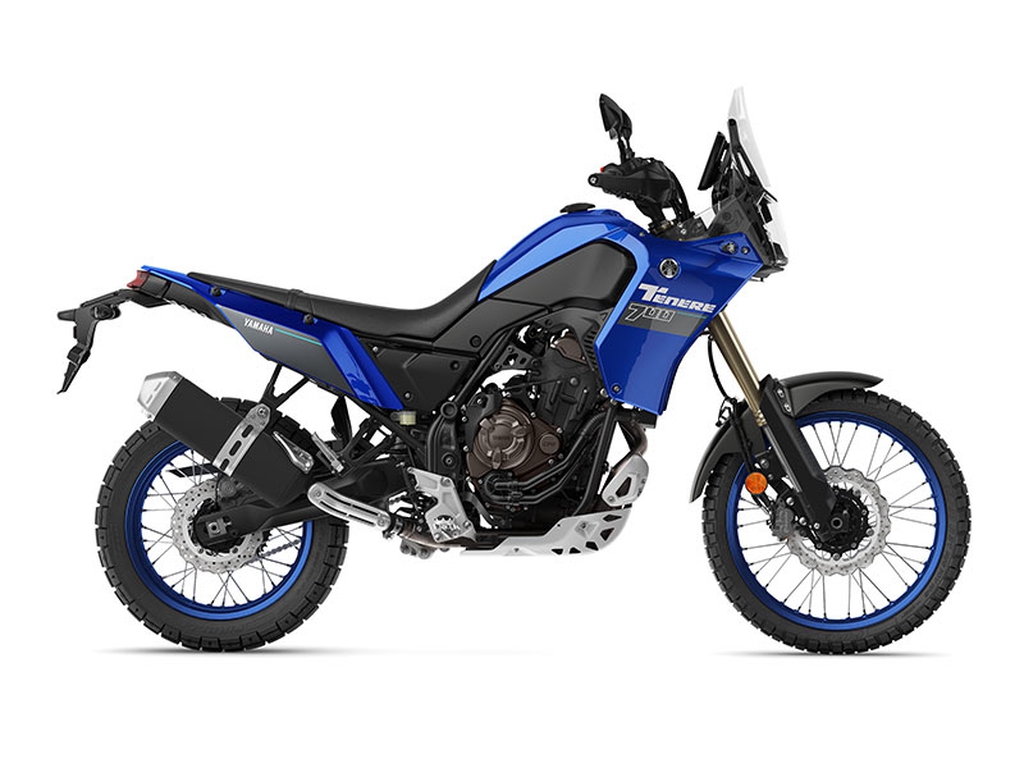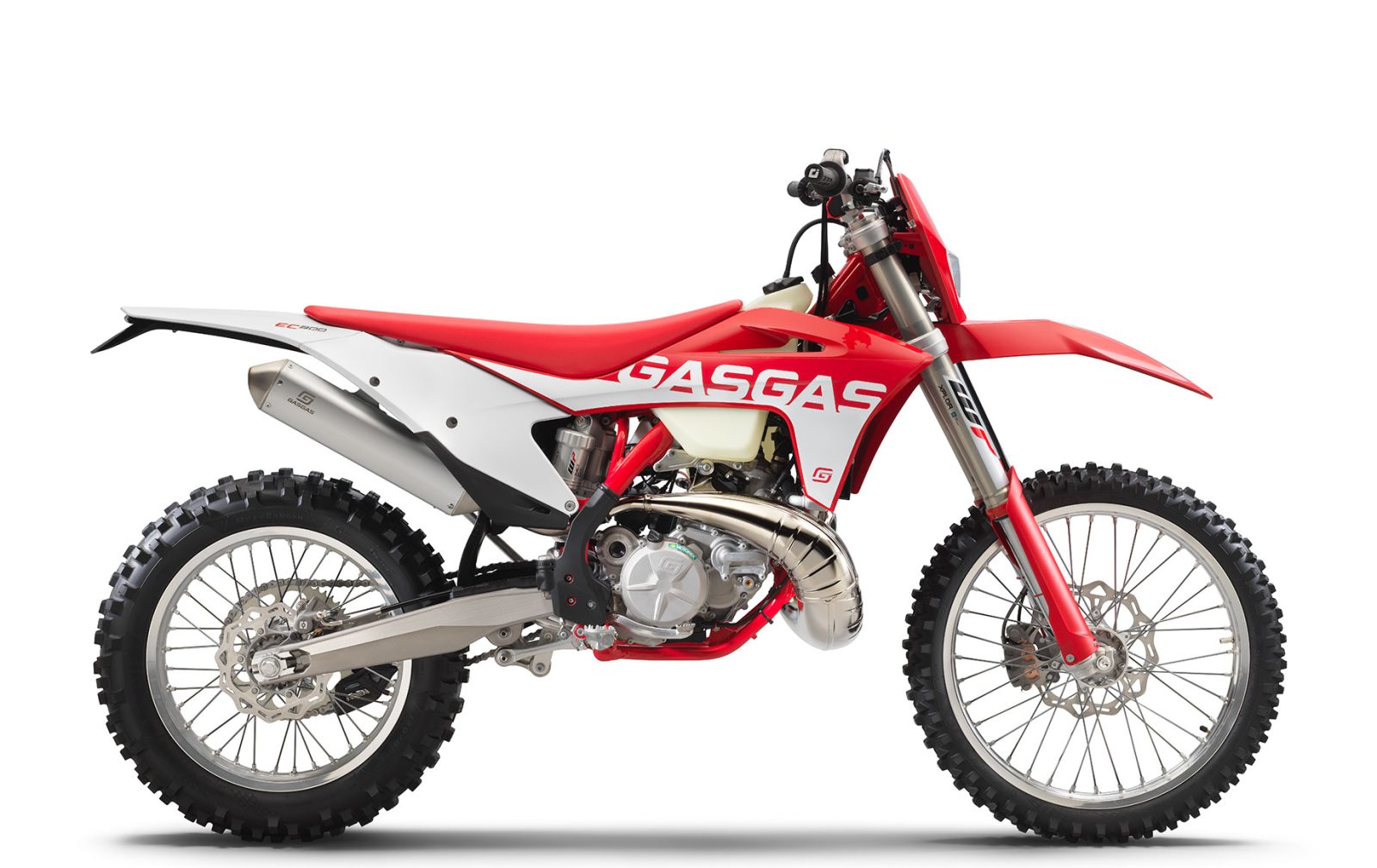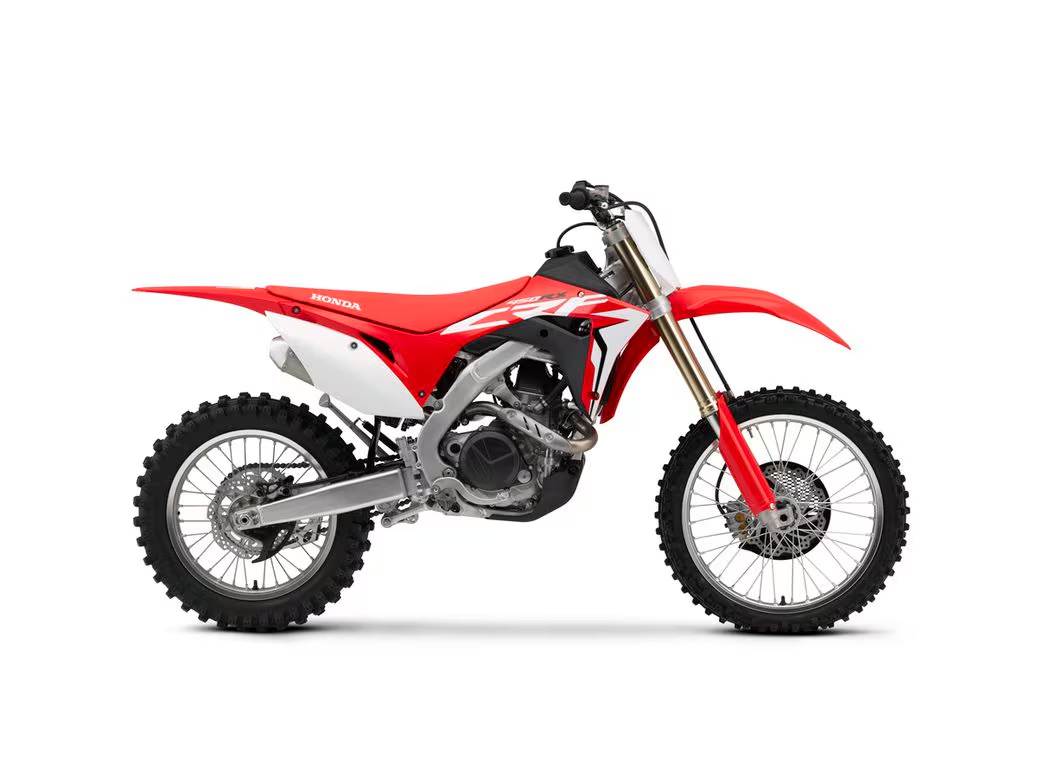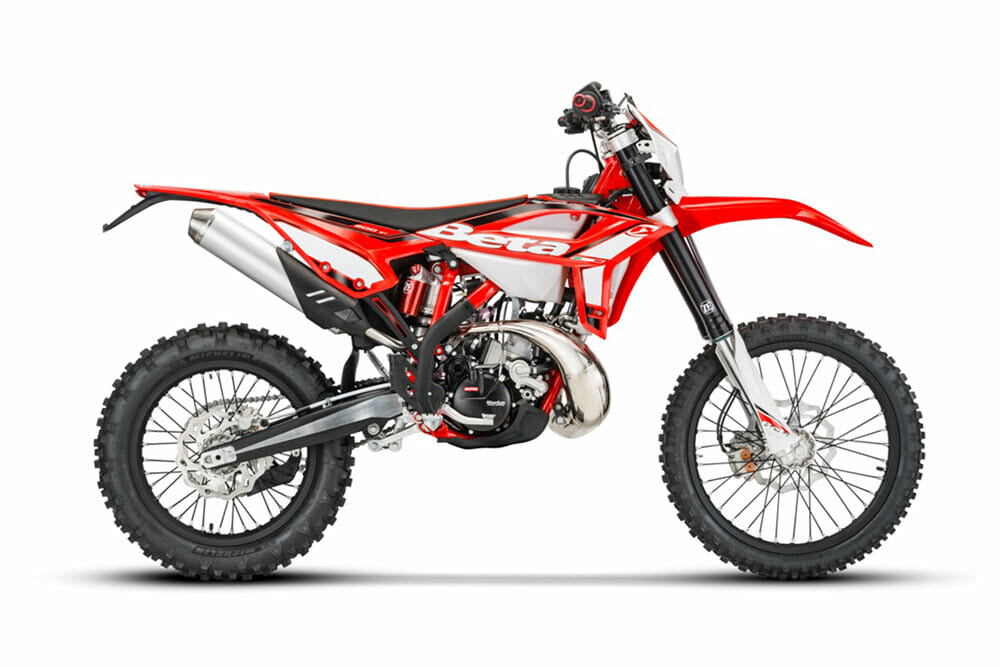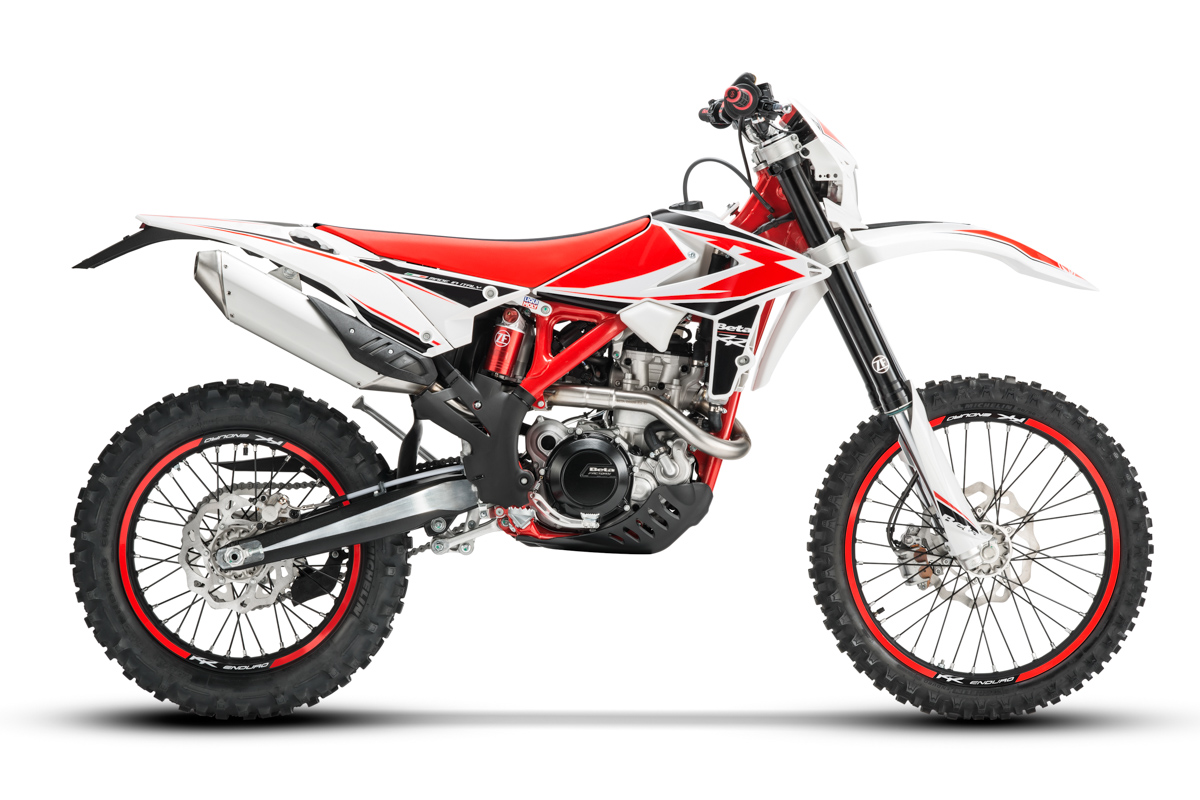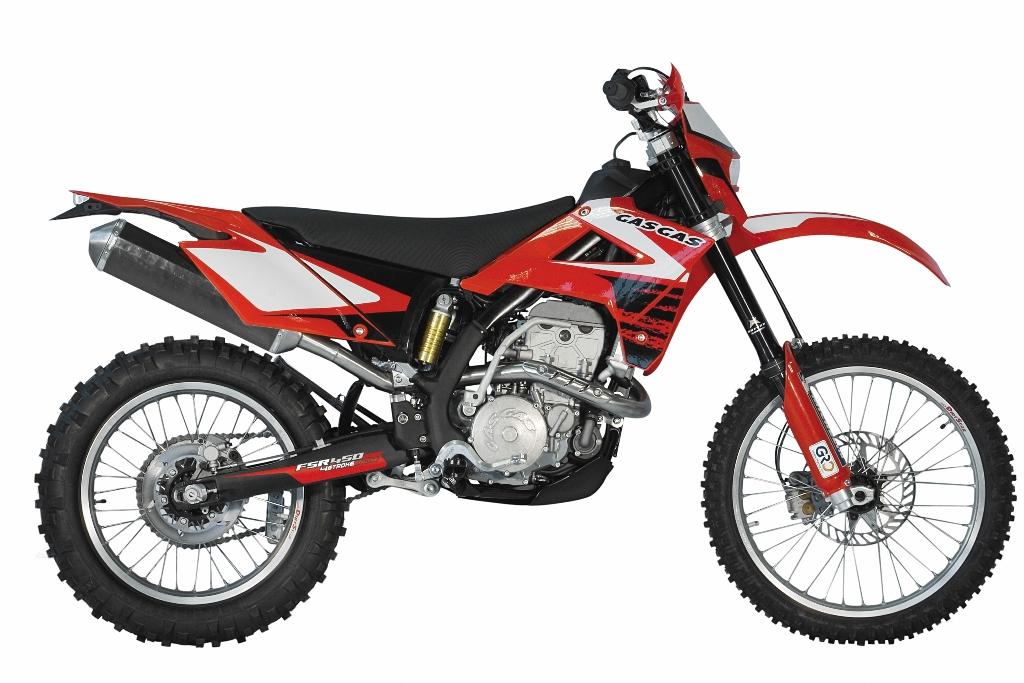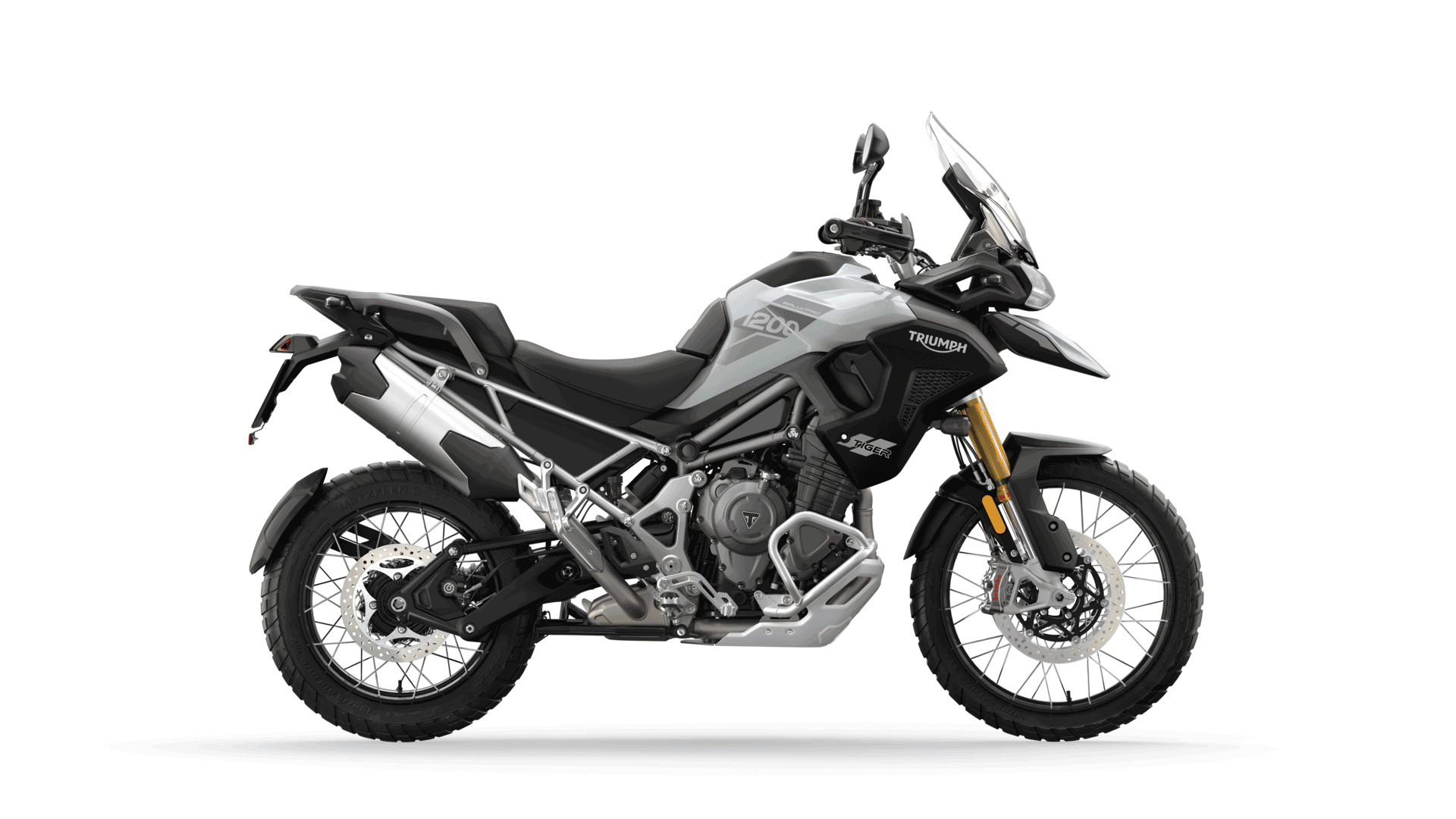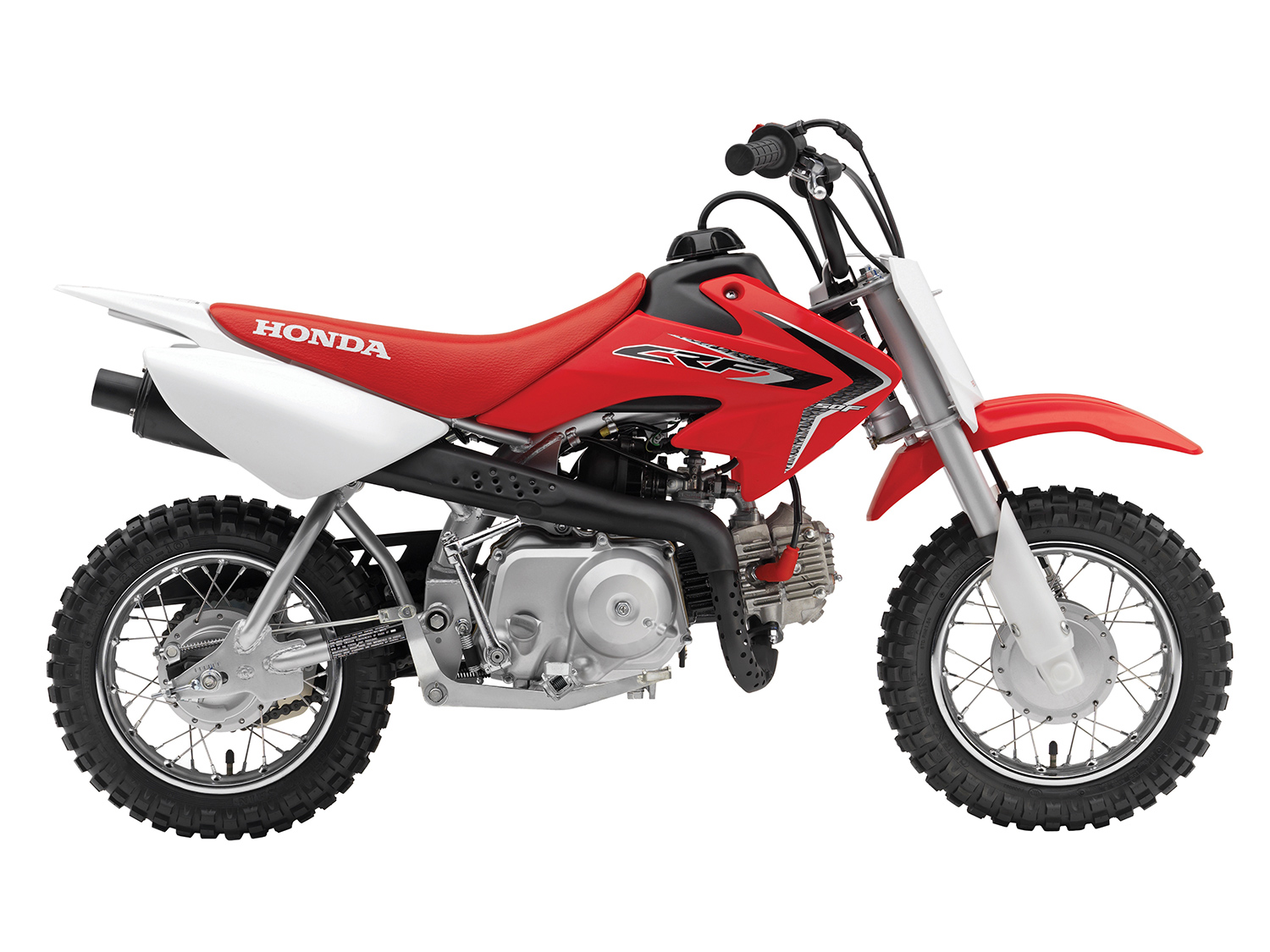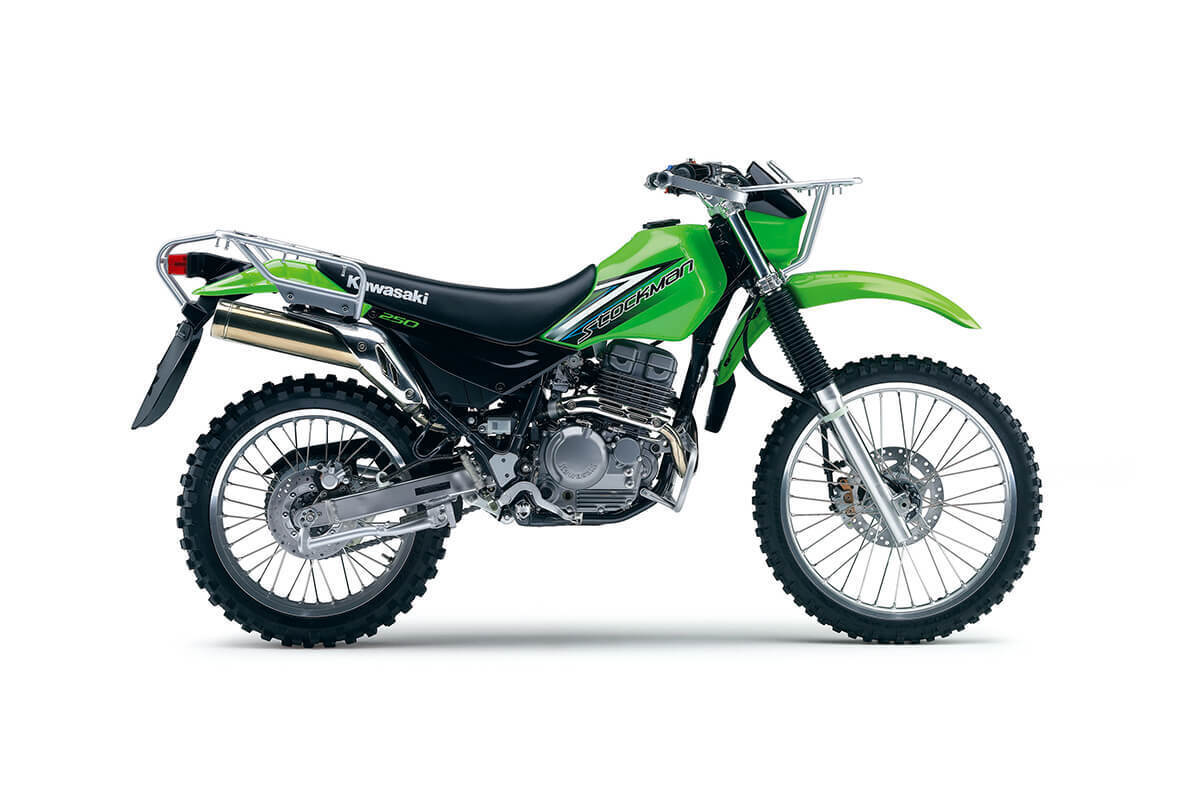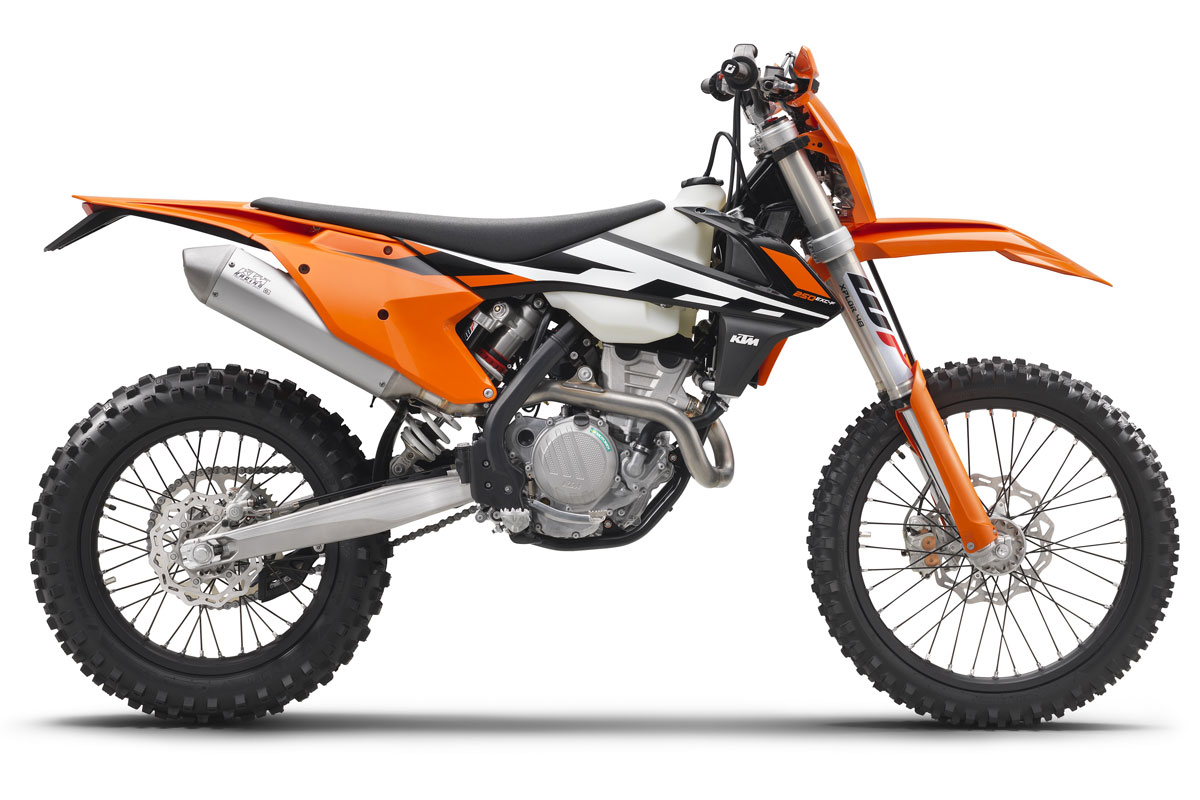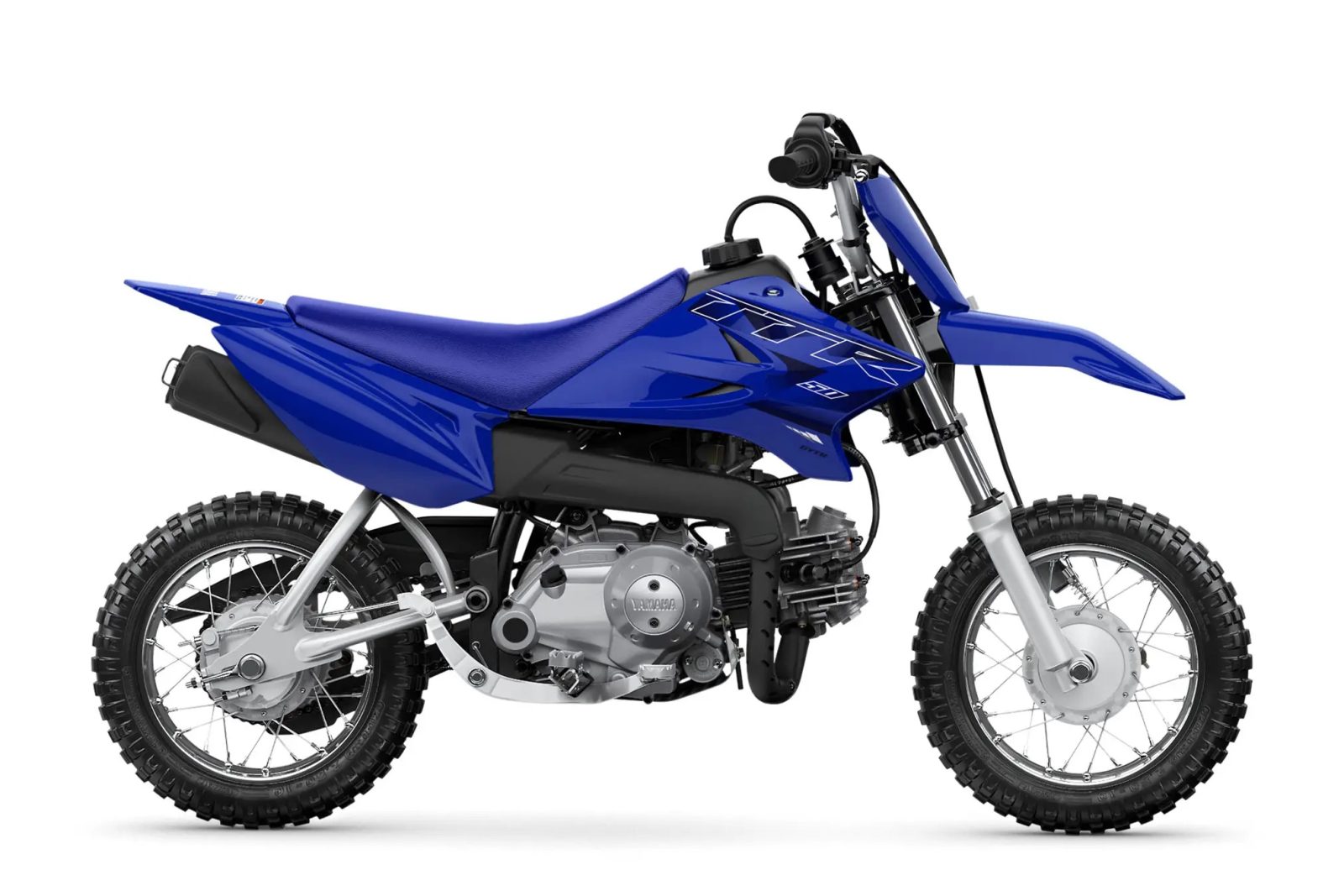It’s been available in red and white, purple and white, even pink and white but now, just like all other Yamaha dirtbikes, it’s blue and white.
The Yamaha PW80 has a low seat to make it easy for beginners to learn while being close to the ground. The engine is an oil-injected, air-cooled two-stroke. Gearbox oil lubricates the automatic clutch and three-speed gearbox but the two-stroke oil is pumped into the crankcase from a reservoir under the seat.
The PW80 has a very mellow powerband, to make it easy for beginners. The suspension is minimal, as these bikes were not intended to be jumping great heights. If the bike is kept on the ground then the frames are durable but if large jumps are attempted you can expect the frame to start folding and you will end up with a bike shaped like a chopper.
The airbox is in front of the engine and the filter can be removed with a Phillips head screwdriver. If a PW80 spends a lot of time sitting around then you can expect the filter to disintegrate and it will be sucked in and chewed up by the engine if you fire it up.
The front and rear drum brakes are relatively maintenance free apart from having to occasionally adjust the free play in the brake cables as the brake shoes wear. Unlike the shaft-drive PW50, the 80 has a chain and sprockets which require regular lubrication and adjustment. If these parts aren’t kept in good shape then it will cause the chain to jump off the sprockets and potentially cause damage to other components.
PW80s usually run forever and rarely need major repairs unless they have been abused. They are the perfect learners’ bike but once the rider has outgrown them then it is time to move the kid up before they cause damage.
When buying a PW80 second hand, make sure they start within the first few kicks and idle on the spot. You should ride them to make sure the auto clutch is engaging correctly and not slipping. Also make sure to ask if the Autolube premix system is still connected as these are often removed and the bike converted to premix.
ADB Technical Editor Mat Boyd
Price Guide
$300-$900
NEW PRICE
2001 $2389
2002 $2389
2003 $2389
2004 $2389
2005 $2199
2006 $2199
SECOND-HAND
2001 $300-$600
2002 $300-$600
2003 $300-$700
2004 $400-$800
2005 $400-$800
2006 $400-$900
Market Equivalents
$1000 – $1200
Honda XR80
$400 – $900
Suzuki JR80
$400 – $1300
Yamaha TT-R90
$400 – $1400
Kawasaki KLX110
Look out for
Frame: It’s made of steel and is only intended for learners. If this bike gets jumped excessively then the frame will bend.
Brakes: The drum brakes occasionally require free play adjustment as the brake shoes wear.
Engine: The motor is slow-revving, with the mellow powerband making it easy for beginners to handle.
Suspension: The under-carriage is basic and not meant for flight. The PW handles riding around with both wheels on the ground but will complain when it comes to jumping.
